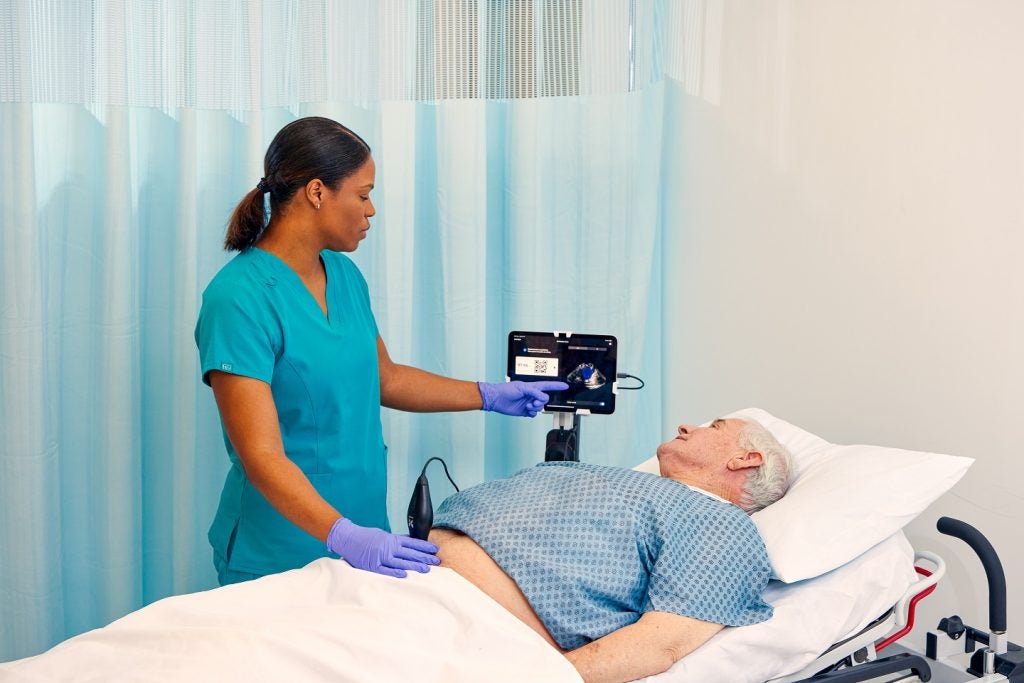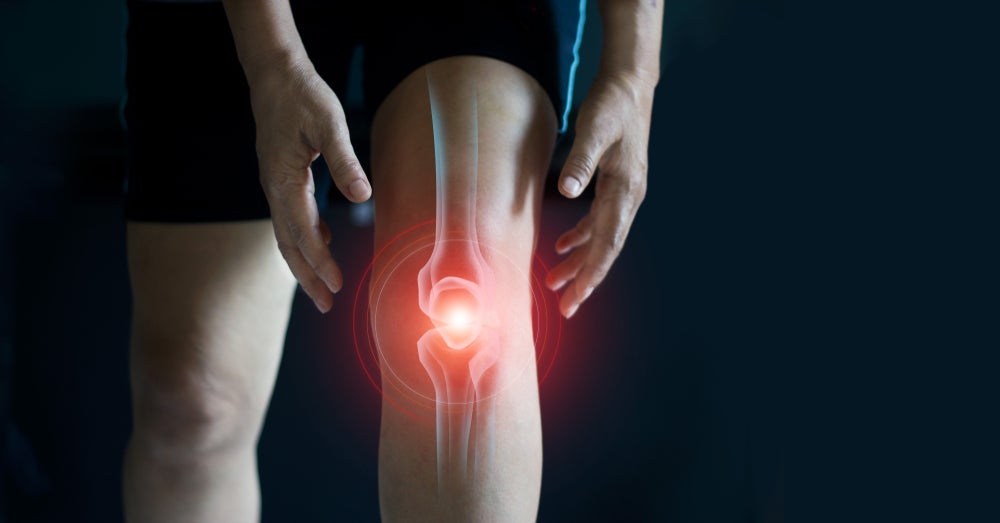
Relievant Medsystems has introduced next-generation Intracept Access Instruments for chronic vertebrogenic low back pain.
The instruments have been designed to provide predictable and accurate targeting of the basivertebral nerve (BVN) during the Intracept procedure.
Relievant’s minimally invasive Intracept procedure is claimed to be the only US Food and Drug Administration-approved treatment for chronic vertebrogenic low back pain.
The new Intracept Access instruments are said to offer predictable performance across several bone densities.
These instruments include Bevel and Diamond Introducers to facilitate consistent access with a depth marker for optimal positioning.
The Curved Cannula Assembly with J-Stylet enables true steerability for creating a predictable path to the BVN.
How well do you really know your competitors?
Access the most comprehensive Company Profiles on the market, powered by GlobalData. Save hours of research. Gain competitive edge.

Thank you!
Your download email will arrive shortly
Not ready to buy yet? Download a free sample
We are confident about the unique quality of our Company Profiles. However, we want you to make the most beneficial decision for your business, so we offer a free sample that you can download by submitting the below form
By GlobalDataThe Straight Stylet instrument helps extend or change the access path trajectory.
Designed to offer targeted radiofrequency energy, the IntraceptRF Probe now has a flexible shaft to enhance C-arm operating clearance.
Relievant Medsystems president and CEO Tyler Binney said: “Today, we are pleased to announce the launch of several new instruments offering greater control, precision and ease of use during the procedure.
“These next-generation Intracept Access Instruments are purpose-built to enhance BVN access and procedural efficiency while consistently delivering positive outcomes.”
More than 10,000 patients received treatment with Relievant’s same-day outpatient Intracept procedure that makes use of targeted radiofrequency energy for stopping the transmission of pain signals by BVN to the brain.







